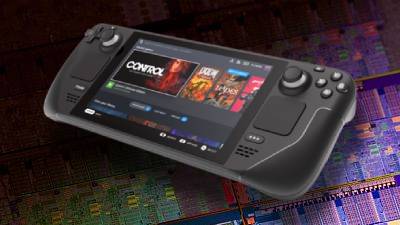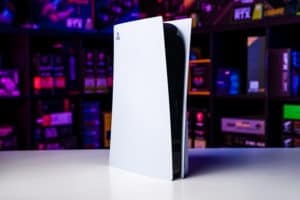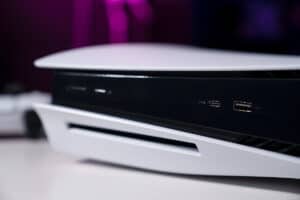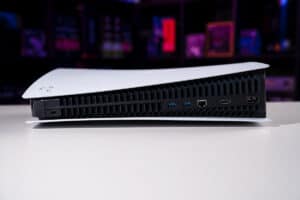The Steam Deck battery life could improve, due to VRS driver changes
Steam Deck users are going to love this one.

WePC is reader-supported. When you buy through links on our site, we may earn an affiliate commission. Prices subject to change. Learn more
The Steam Deck is almost here, and with the launch landing on February 25, Valve engineers have been making ample use of all resources available to them in order to improve the handheld ahead of its launch. First reported at PC Gamer, the Steam Deck is running Steam OS 3.0, which is based on Linux. The developers have been hard at work behind the scenes making use of their open-source Vulkan drivers. Vulkan or RADV as it’s often called controls variable-rate shading (VRS), which helps to give developers control over how any particular scene is shaded on each part of the screen. VRS can help developers reach better performance, simply by not being as resource-heavy because it reads the bits on screen that don’t change, and intelligently doesn’t put as many resources into doing that.
Devs make changes to VRS drivers
Now, its developers are tuning up how this works, which could see big changes in battery life for the Steam Deck, since it won’t be using as many GPU resources. Phoronix gives us a look into what the changes actually do, which is that the new drivers give developers finer control over VRS on a per-vertex basis. The intention behind this change was to focus on power savings, which will be available for AMD’s Van Gogh hardware – including the Steam Deck in this case. Now, the changes are under review.
The additional benefit of VRS is that you could potentially see slightly higher framerates on the Steam Deck because of the VRS changes, which means that the upcoming handheld may not use quite as many resources to render any particular scene thanks to the finer VRS control on the system. This is great news all around to all of those would-be Steam Deck owners, regardless of when your order might actually be shipping.
Battery life is one of the principal concerns with a portable device such as the Steam Deck, its hefty weight and the power of its silicon could easily determine whether or not the device is actually successful or not, so these changes are clearly being made now ahead of the release in order to assure that users get the best possible experience while using it. We’re hoping to get our first looks at the Steam Deck very soon, so be sure to watch this space. In the meantime, be sure to check what games you can play on the Steam Deck itself.
The Valve Steam deck changes are under review right now, so we’d hope to see these changes make their way into the full release for the console, or applied via the use of an OTA update sometime soon. Regardless, it’s great to see this new console get the proper development time to make sure that is fully cooked before coming into the hands of customers on February 25 and beyond.
Looking for a new GPU instead of a Steam Deck? We’re here to help.





